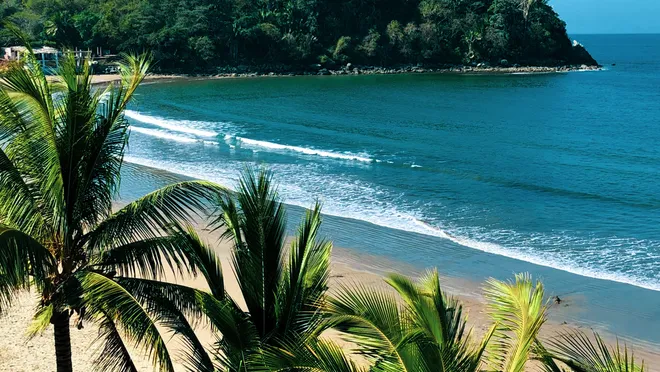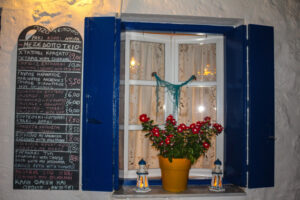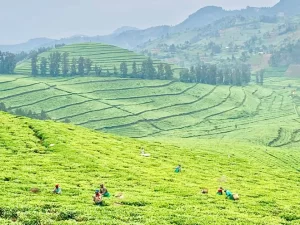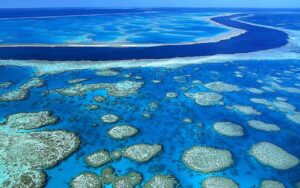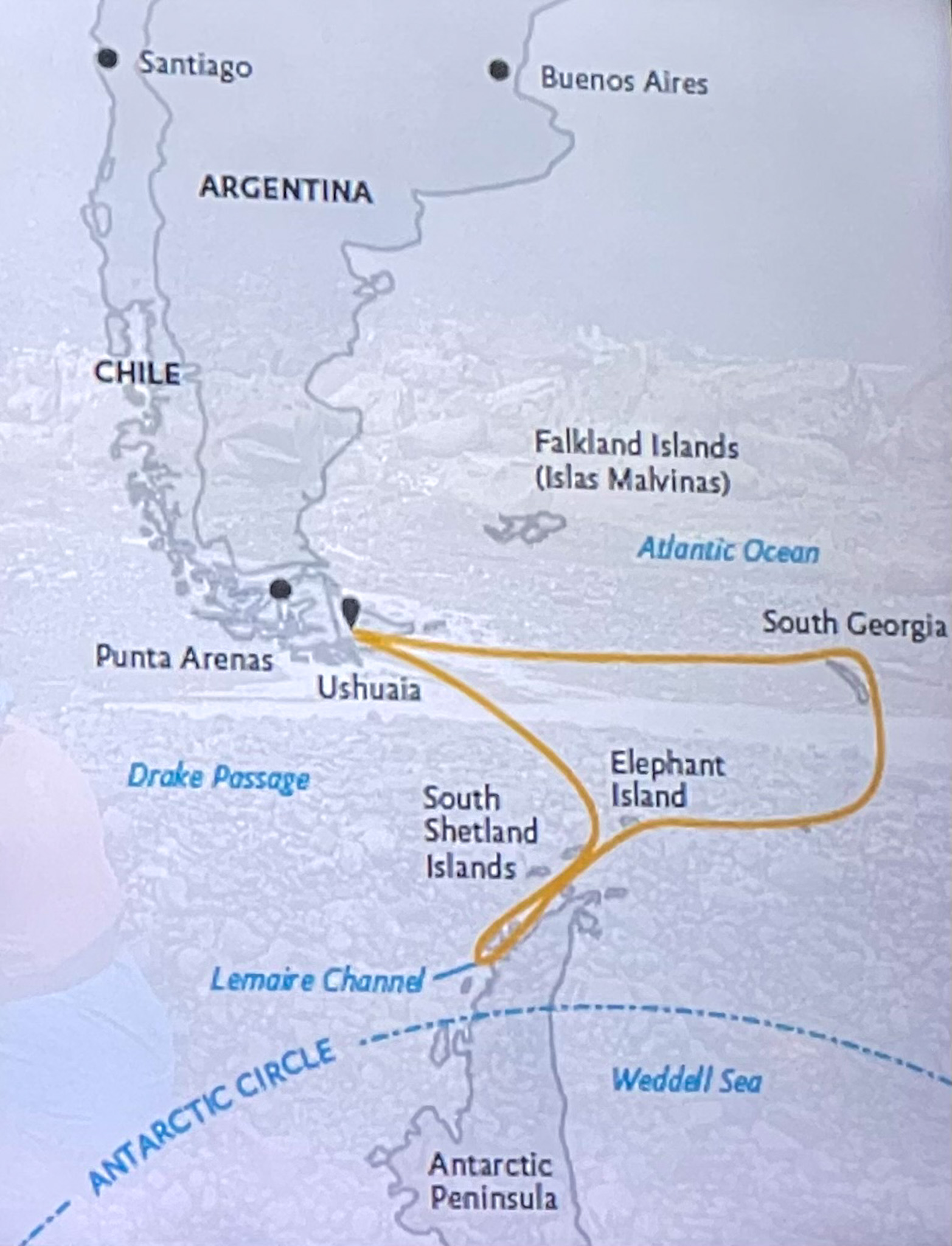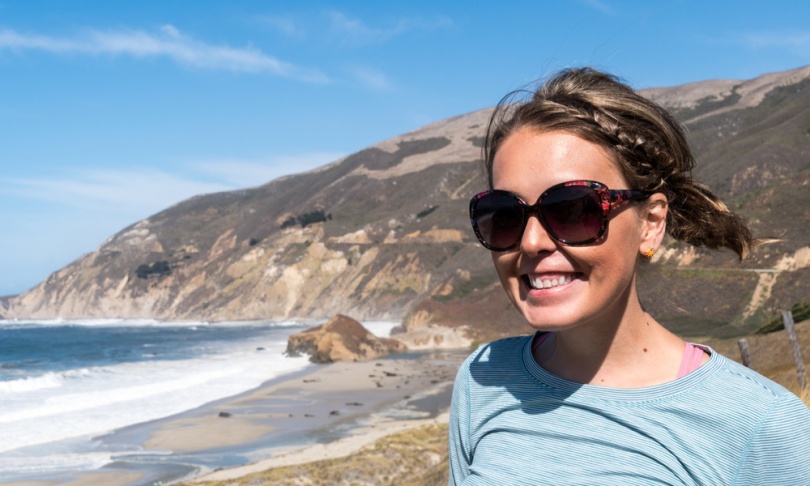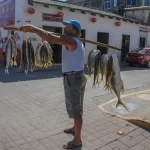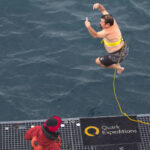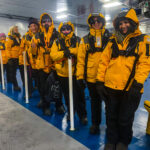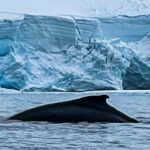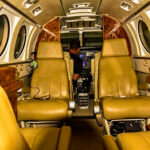Long before Puerto Vallarta became a renowned beach destination on Mexico’s Pacific Coast, another community only 90 miles to its north was thriving.
This was San Blas. Established in 1767, it was a bustling commercial and naval-shipbuilding hub at the time of Spain’s conquest of Mexico, with trade routes extending across the Pacific to the Philippines.
Today San Blas is a holy grail for lovers of ecotourism and a birdwatchers’ paradise. According to the Audubon Society, more than 300 species of birds live in the region’s seven distinct ecosystems, including canals, mangroves, lagoons, estuaries, beachs and the neighboring Sierra Madre mountains.
Visitors are enthralled by the La Tovara jungle boat ride. Traveling through the backwaters of this sleepy enclave, they may gawk at American crocodiles, turtles perched on rocks and languid iguanas slumbering on branches.
While San Blas has remained hidden from many American vacationers, it will get new exposure with the completion of a new interstate highway. That road will connect this city and the southern beaches of the Riviera Nayarit with the state capital of Tepic —30 miles from the coast and served by commuter flights.
San Blas will also serve as the ferry terminal for visits to Mexico’s newest tourist gem, the four Islas Marias. A former prison colony, the islands boast a pristine UNESCO Biosphere Reserve that will draw sunseekers and ecotourists.
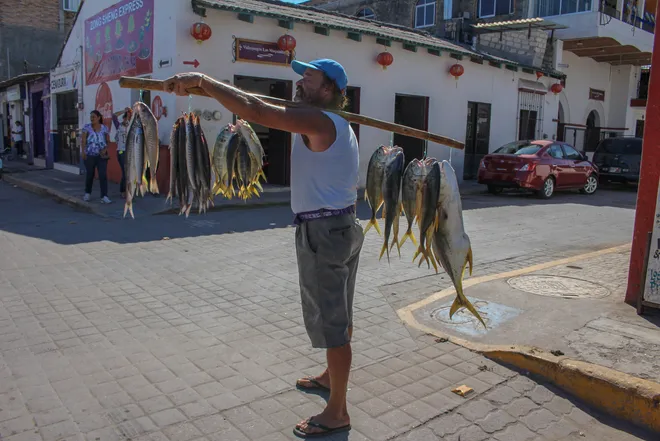
With no large all-inclusive resorts, life in San Blas remains quaint and unrushed. Authentic encounters with locals are everyday occurrences in the sleepy Pacific port. All in a day’s work, a fishmonger walks around the town square selling his fresh catch.
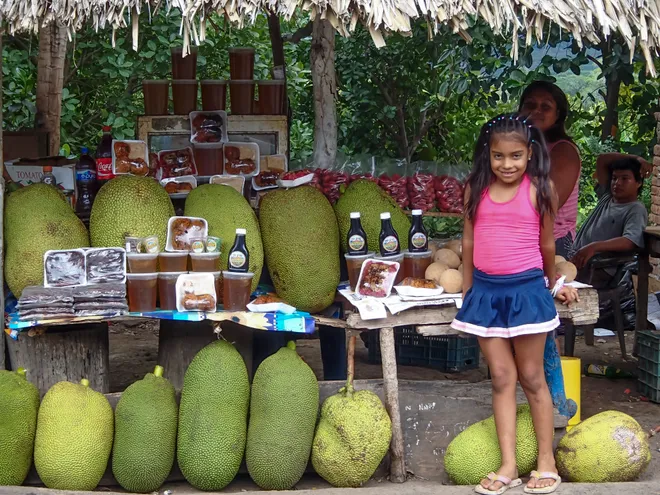
Fertile soil and late summer-fall rains nourish an abundance of fruits and vegetables harvested year-round. Each season produces bountiful crops.
On the highway to San Blas, you’ll pass through small towns where residents sell mangoes, jackfruit, pineapples, bananas, and many other fruits and vegetables.
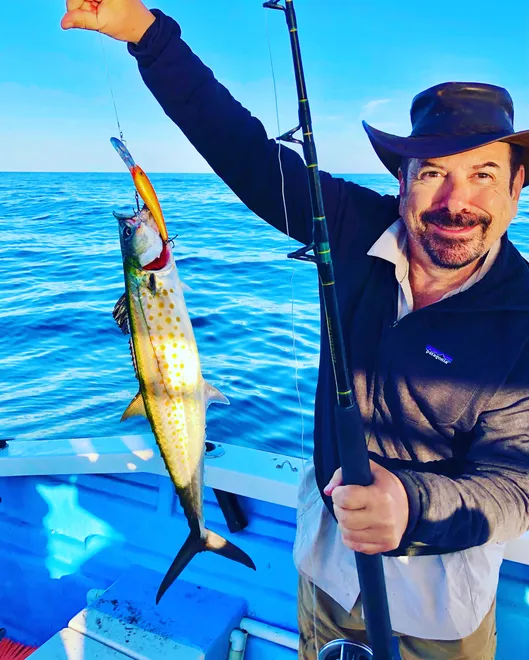
Sport and deep-sea fishing opportunities abound year-round in the central Pacific waters. Family-run charters, passed down through generations of fishermen, guide novices and pros to some of the best fishing in Mexico. Mahimahi, barracuda, amberjack and Jack Crevalle are popular catches in nearby waters.
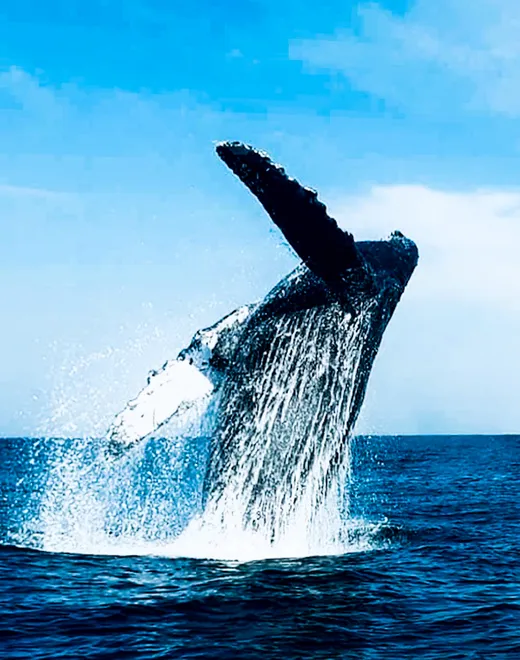
During the winter months, humpback and grey whales grace Mexico’s Pacific. Boats take tourists up close to photograph the gentle giants dancing in the sea. They come to the warm waters of central Mexico, where they find conditions ideal for mating.
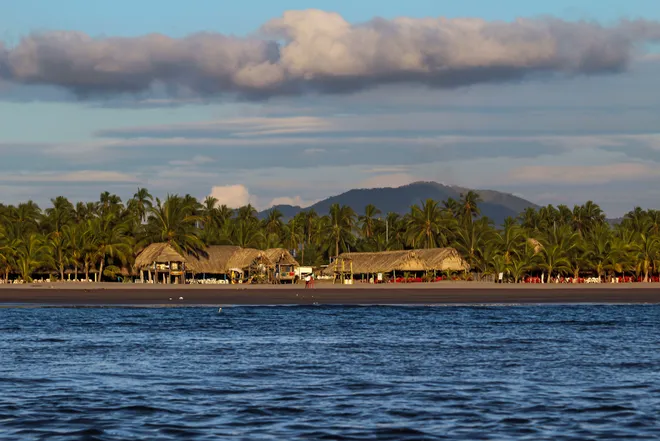
Fish restaurants line the beach at Playa El Borrego, the only beach within the town of San Blas. Since the 1960s, surfers have come to ride its perfectly formed waves.
Stoners Surf Camp runs lessons for beginners to advanced surfers. In proximity are seven different surf spots ranging from cabin beach breaks to point breaks.
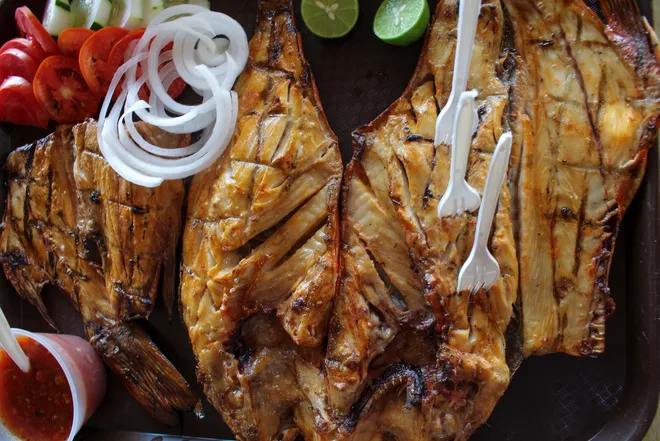
No trip would be complete without trying the local favorite grilled red snapper, zarandeado. A marinade of ancho and guajillo chilies, along with plum tomatoes, soy and Worcestershire sauces, gives the fish a smoky flavor. It is one of the many delicacies found at restaurants throughout the region.
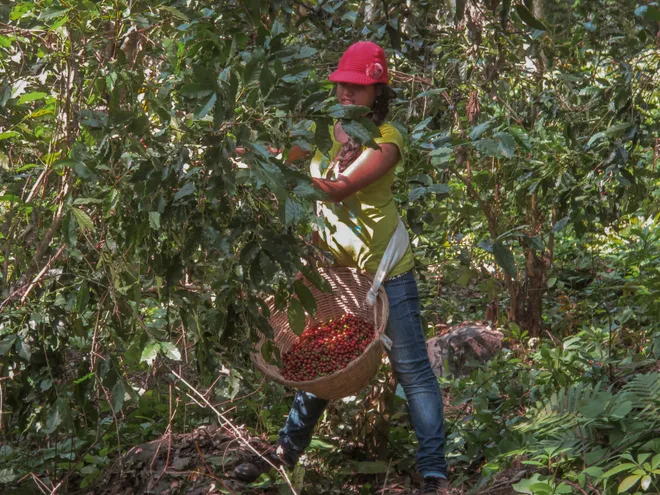
A local girl handpicks coffee cherries at her father’s plantation. Some of the best organic coffee in the world is grown in the state of Nayarit.
Its humid climate and volcanic soil, high in the Sierra Madre range, is famed throughout Mexico. The town of Tecuitata is among the most fertile production centers near San Blas.
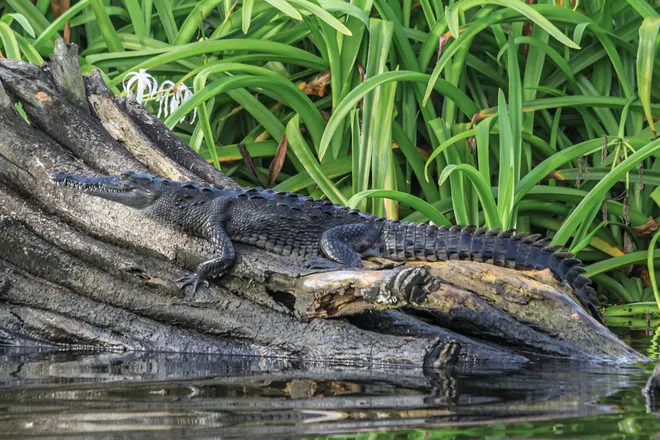
The natural habitat provides for many encounters with native fauna. Freshwater springs pour into navigable jungle channels that traverse lagoons, estuaries and mangroves, and it is here you’ll find animals in primitive settings — such as this lazy American crocodile camouflaged on fallen tree branches.
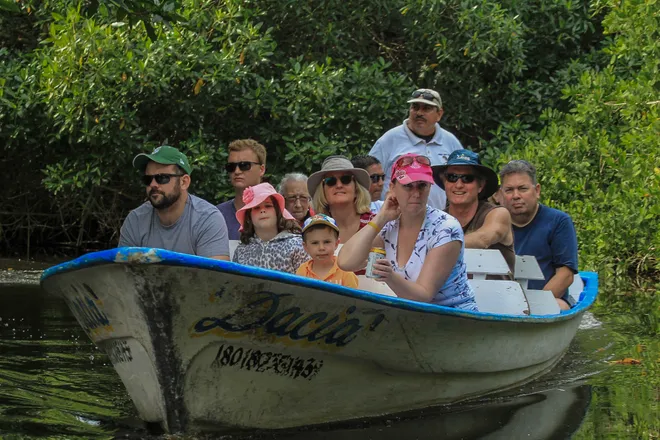
Guided boat excursions through La Tovara Nature Reserve are a highlight of any visit to San Blas. A four-mile stretch of lush jungle, this “Mexican Amazon” reveals orchids, bromeliads, iguanas, crocodiles, turtles, herons, kingfishers and more.
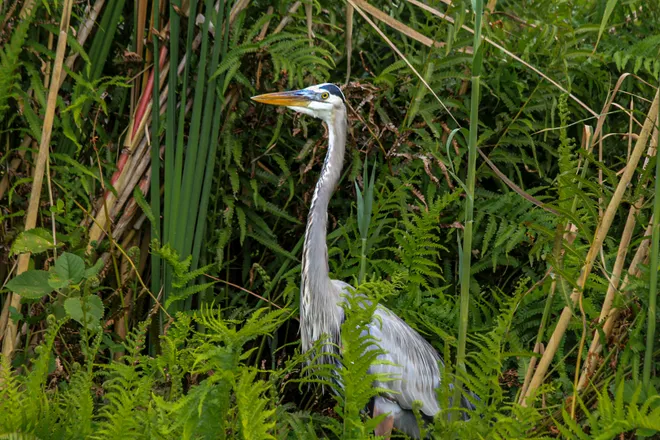
Surrounded by beaches, coastal lagoons, freshwater marshes and mangroves with a mountainous jungle backdrop, San Blas is famed for its birding. Between late October and early April, more than 300 migratory birds lure enthusiasts from all over the world.
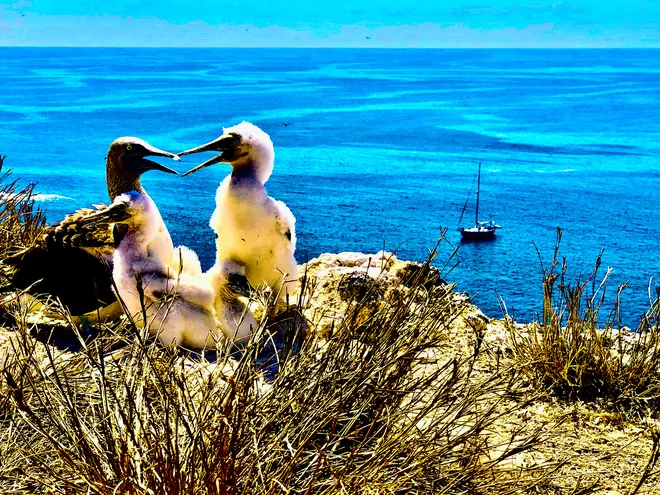
Blue, red and brown-footed boobies inhabit Isabel Island, 43 miles off the coast of San Blas. Six species, totaling nearly 40,000 birds, inhabit remote tropical and subtropical Pacific islands — nearly half of them in the Galapagos.
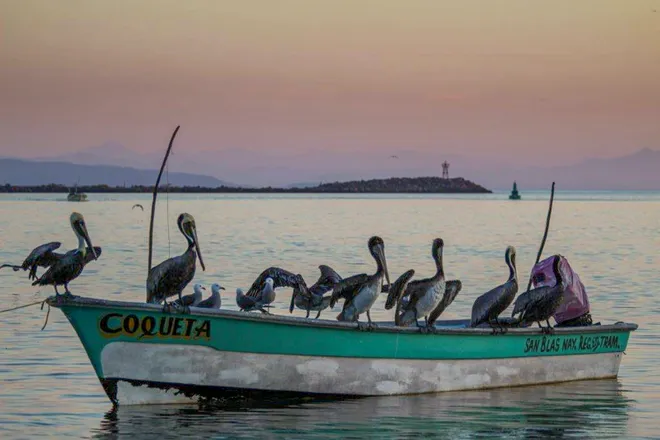
Always social, pelicans roost on fishing boats along the canal in San Blas. In the late afternoon, canals, estuaries and mangroves fill with birds. The beaches and coves provide refuge for an impressive display.
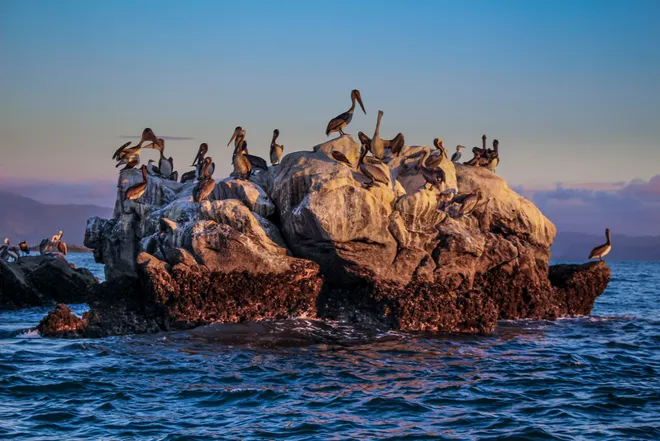
San Blas is internationally renowned for its birdwatching. Just five blocks from the central plaza, boat captains take visitors to sea for glimpses of migratory species that arrive from the United States and Canada from December through March. More than 450 species reside in Mexico’s central Pacific coast through the winter.
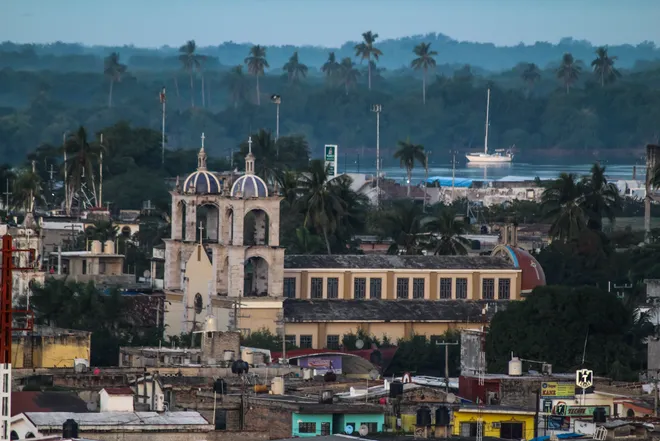
San Blas was Spain’s third port in the Pacific, after Acapulco and Colima. This city panorama was taken from the ruins of Fort San Basilio, high on a hill overlooking the sleepy hamlet.
It’s easy to pick out the port and canal, as well as the beautiful Church of Our Lady of the Rosary, built in 1769. Now under renovation, it once inspired “The Bells of San Blas” by American poet Henry Wadsworth Longfellow.
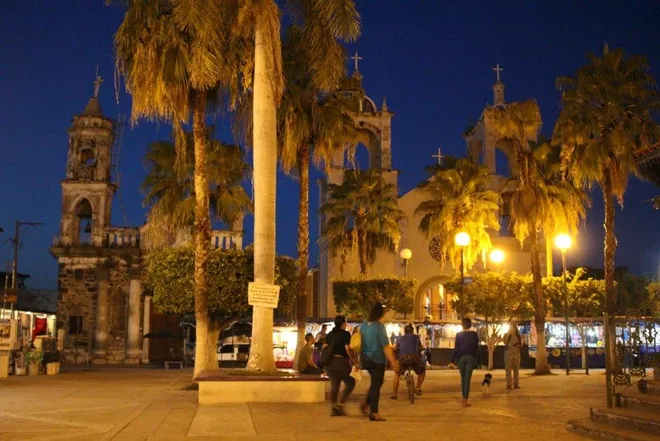
About 30,000 people lived in San Blas from the 16th to 19th centuries. Today the town has around 18,000 residents, with another 20,000 in the outskirts.
As everywhere in Mexico, San Blas’ pulse is found in its central plaza, location of many annual festivals. The sleepy hamlet comes alive on Friday and Saturday nights with musicians, street food, and children playing in the plaza.
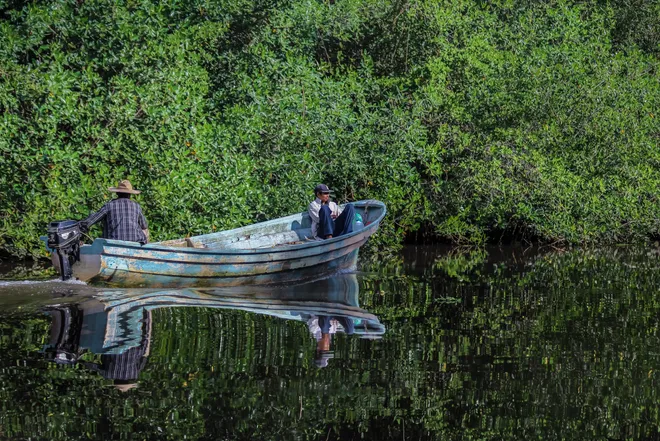
Some of the world’s best birdwatching may be experienced on a river trip to the upriver town of Singayta. Boat captains wait beside the city bridge to carry curious visitors through a deep rainforest.
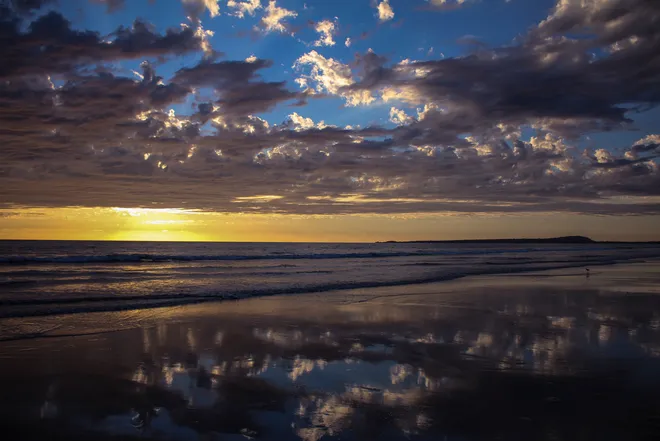
Sunsets pop on Matanchen Beach, the longest stretch of sand in the region at over six miles. Gentle waves are popular for body-surfing and boogie-boarding.
A new highway connecting Matanchen to the Nayarit capital of Tepic, and continuing to Mexico’s second-largest city of Guadalajara, has inspired the government and tourist board of Riviera Nayarit to plan further development.
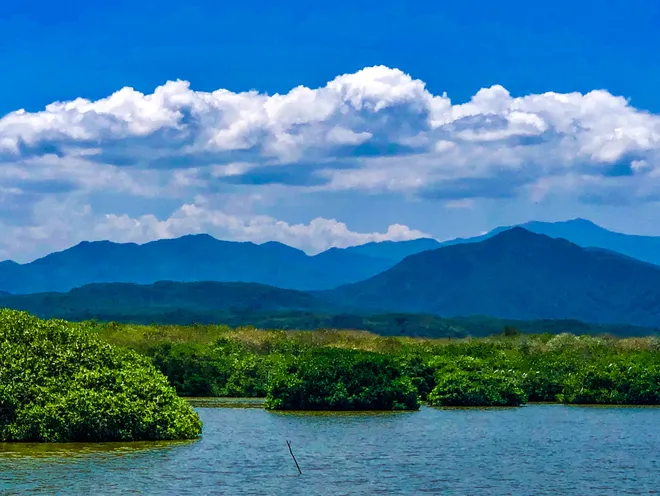
The sea flanks San Blas to the west, the Sierra Madre range to the east. Jaguars and other big cats roam freely in the hidden deep forest of the elevated terrain. Coffee plantations, waterfalls, fields of mango trees and other fruit orchards can be found along scenic drives.
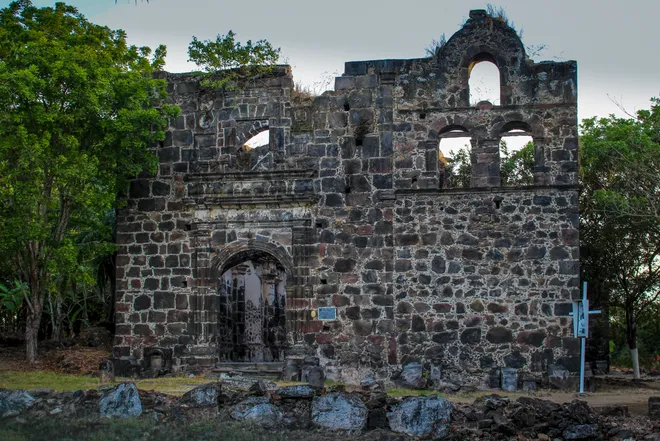
San Blas was a strategic point for the Spanish Crown as it advanced in western Mexico. The port and shipyard were especially important.
Well-preserved historical remnants can be viewed high on a hill at the Contaduria, or customs house and fortress, where two leftover cannons remain facing the sea.
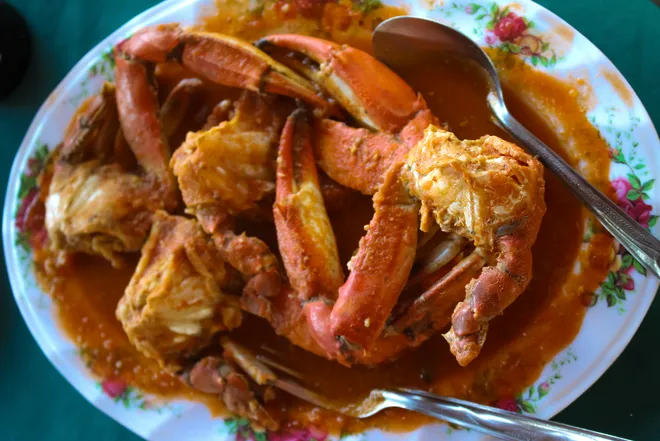
From sea to table, seafood takes center stage in San Blas. Restaurants in the port town and on its three beaches display lobsters, oysters, shrimp, octopus, crab when in season, and fishermen’s local haul of the day. During summer, visit Playa Matanchen to dig for clams and bring a net to catch blue crabs
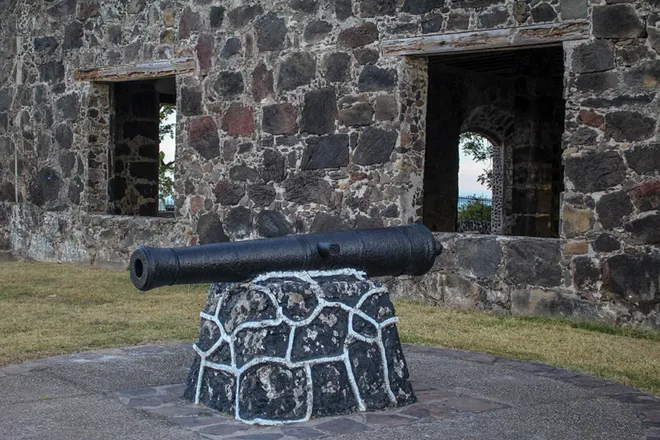
In San Blas, visitors may step back to a bygone era of Spanish rule. Conquistador explorers, accompanied by Father Junipero Serra, departed San Blas in March 1776 on a quest to colonize the New World with discoveries in California.
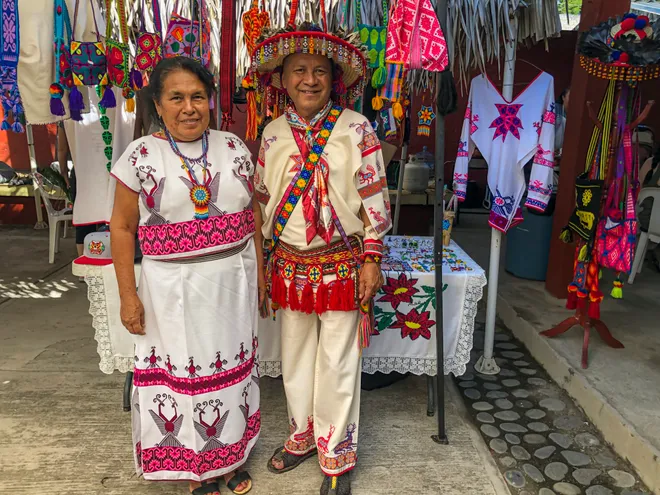
The Huichol people live primarily in towns near Nayarit’s Sierra Madre range. Between 35,000 and 40,000 reside in central-western Mexico.
Their main sustenance is farming, with maize (or corn) as their main crop. Traveling in and around San Blas, they often sell their arts and crafts at regional markets.
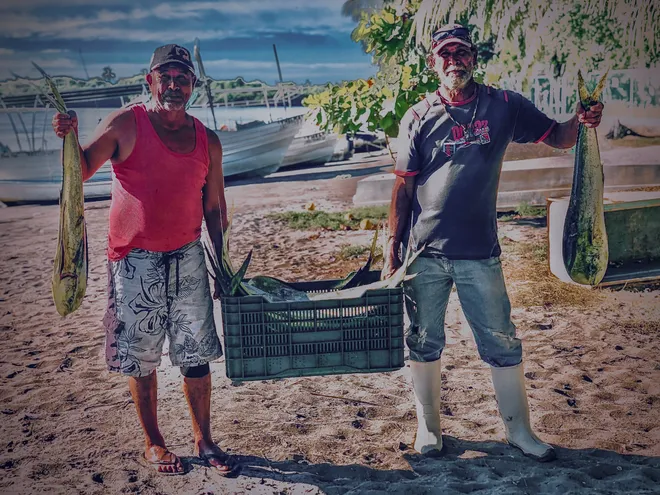
Fishing is a way of life in San Blas. Here, two fishermen proudly display their days’ catch, part of a boatload of dorado or mahimahi.
Anglers leave the port’s fish market on panga boats before sunrise, returning with their haul in the afternoon. Fresh catches are served in local restaurants and flown around the nation.
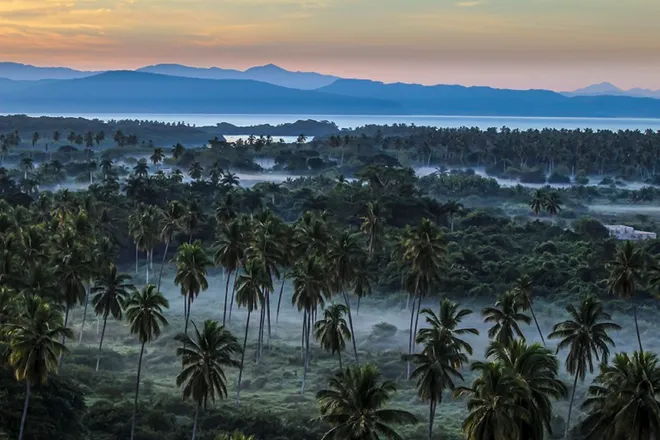
Get up early for astounding sunrise shots. Above town at the Fort of San Basilio or Fuerte de la Contaduria, clouds shroud the tropical backdrop.
From this elevated vantage point, you’ll marvel at its tropical backdrop and sweeping vistas, including the beaches of Playa El Borrego, Las Islitas and Matanchen.
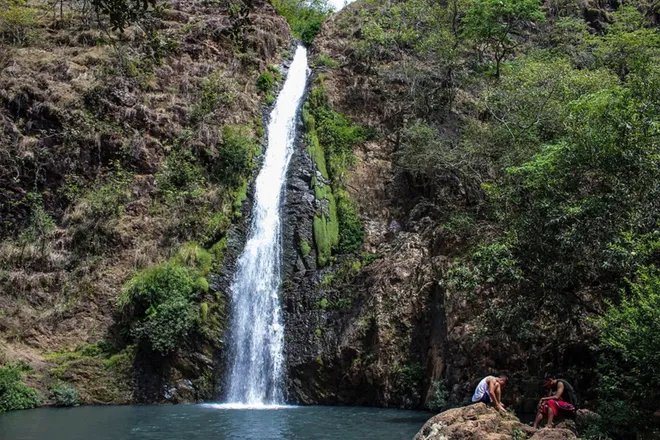
El Cora Waterfall is one of the most picturesque places in the region and perhaps its best-kept secret. It is located adjacent to the mountain town of the same name, for the Cora Indians who inhabit the area. The best months to visit are right after the September-October rains and in spring.
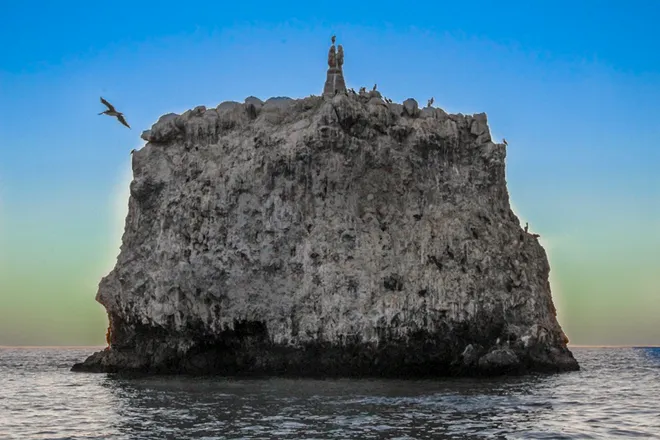
A notable landmark is Piedra Blanca, the Virgin Rock, standing in the sea in front of San Blas. An image of the Nuestra Señora del Rosario Virgin is said to appear on the rock. This image acts as the sailors’ patron and protects anglers and all those who sail to sea.
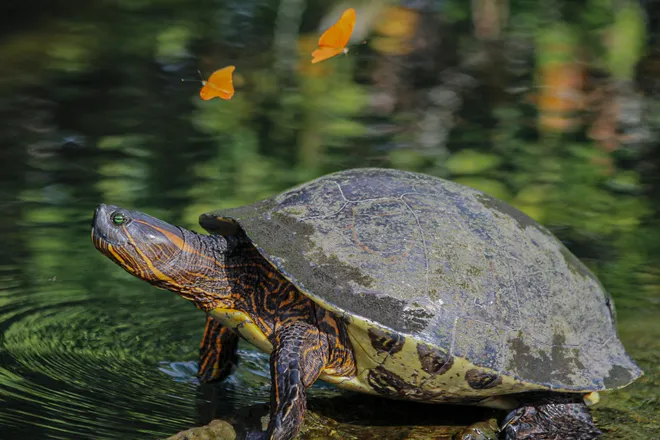
Few places on earth offer the opportunity to get so close to turtles, crocodiles, iguanas and 300 bird species. Zoquipan is one of many enchanting estuaries where fauna thrives.
Sunrise provides attractive photo opportunities of local flora and fauna. Boat captains begin exploring as early as 6 a.m. and continue to sunset.
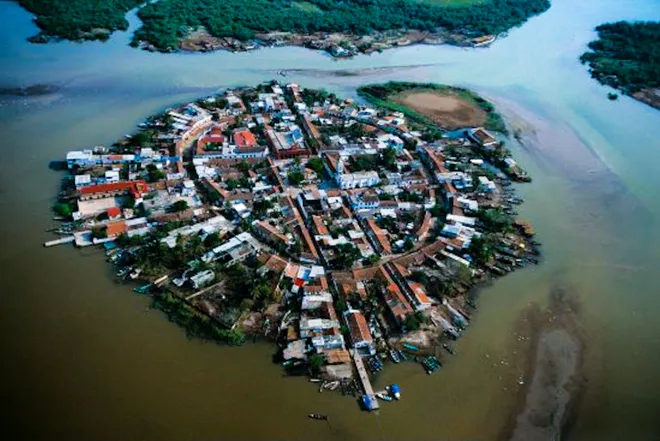
An hour’s drive north of San Blas, near the city of Santiago Ixcuintla, is the magical island and village of Mexcaltitlan.
Evidence suggests the tiny island, known as the birthplace of Mexico, is the cradle of Aztec civilization. Visitors arrive to dine on outstanding shrimp, oysters, crab and other seafood dishes.
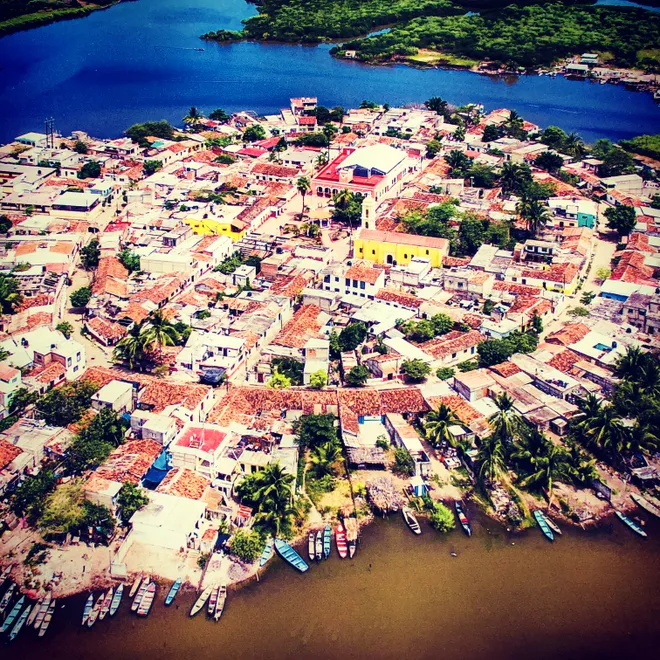
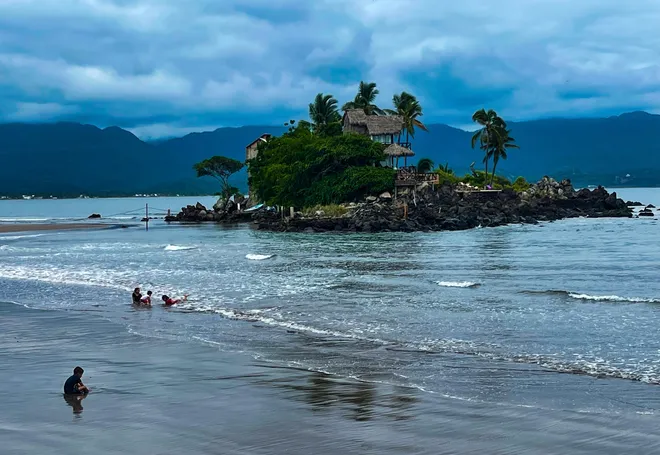
The tranquil waters of Las Islitas beach on Matanchen Bay beckon with a quintessential beach day, highlighted by palapa restaurants on golden sands. At this off-the-grid beach, there are no accommodations.
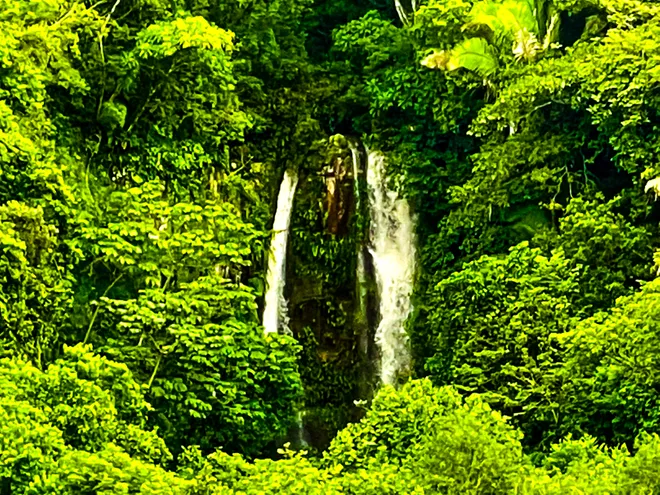
One of my most memorable scenic drives is the 25 minutes from the Nayarit capital of Tepic to the coast at Matanchen Bay.
In the verdant jungles of the Sierra Madre, an estimated 25 jaguars still live deep in the forest. Ojo del Cielo eco-lodge and camping is one of the best-kept secrets in the heart of the San Blas jungle.
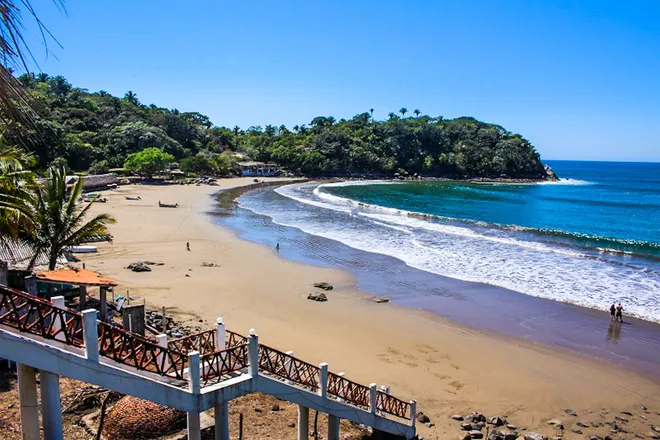
Forty minutes from San Blas via coastal Interstate 16, zigzagging the lush canopy jungle from Las Veras, is the serene fishing village and protected cove beach of Playa Platanitos.
A few traditional Mexican restaurants serve the freshest catch of the day. Weekends can get busy quickly with locals arriving for the day. If you arrive midweek, you might have the beach all to yourself.
Also Read: What It’s Like to Visit One of America’s ‘Happiest Places’ on California’s Central Coast

